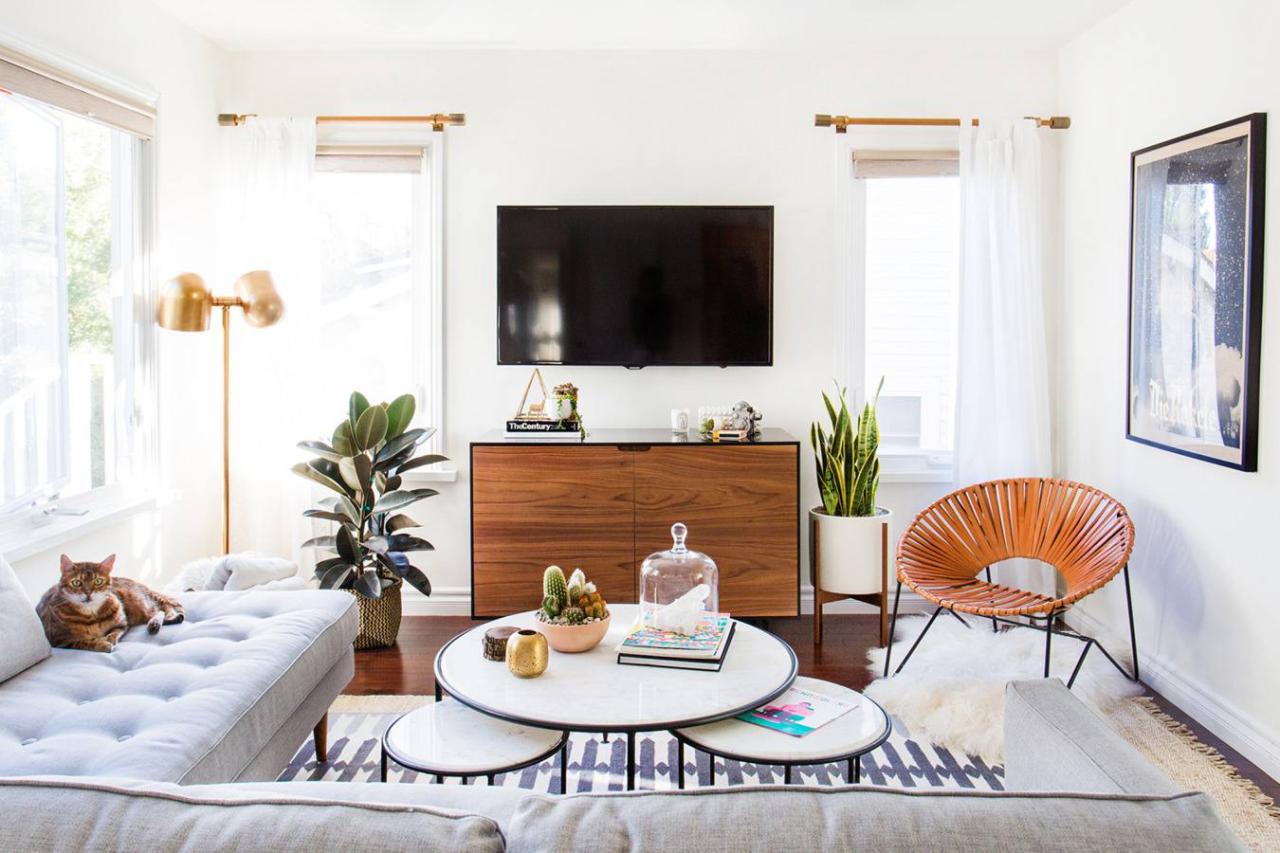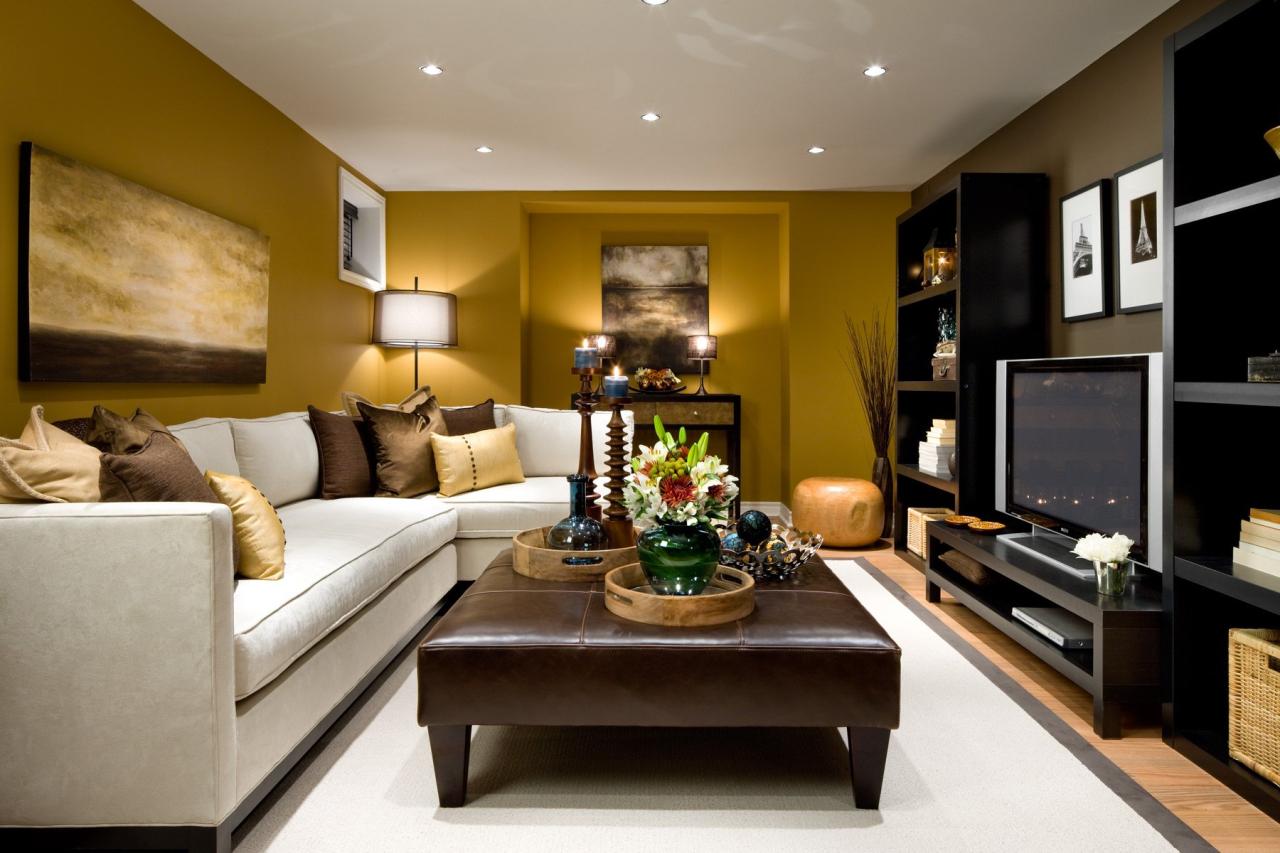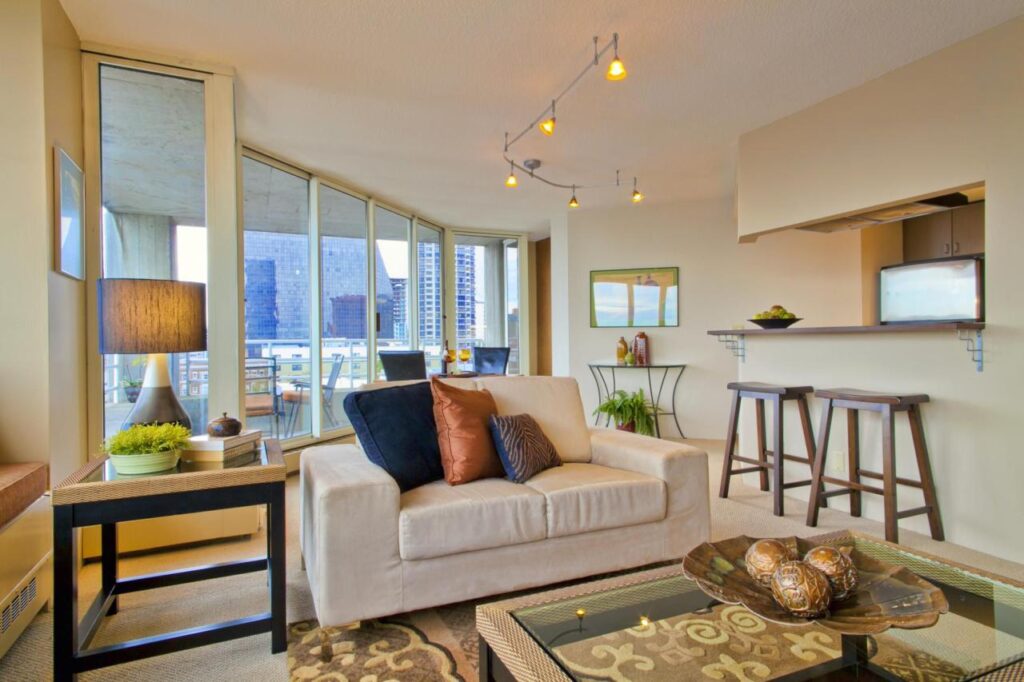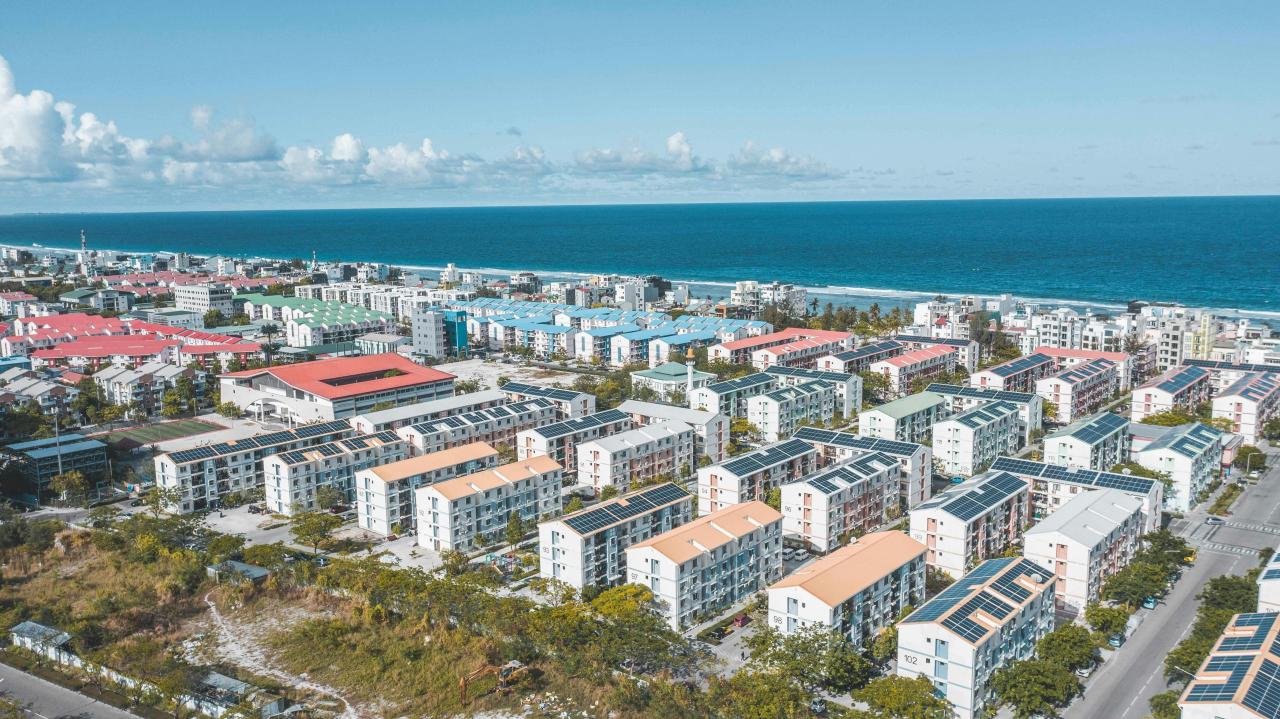In an increasingly urbanized world, the concept of “home” has been redefined. For many, a small living space is not a compromise but a conscious choice driven by financial flexibility, a desire for minimalism, or the convenience of city living. However, compact living presents a unique challenge: how do you fit all the essentials of life into a limited footprint without feeling cramped or overwhelmed? The answer lies in a combination of intelligent design, strategic organization, and a shift in mindset. This comprehensive guide is your blueprint for transforming any small space—from a studio apartment to a tiny home—into a functional, beautiful, and a welcoming sanctuary. We’ll go beyond simple tips and explore the architectural principles, psychological tricks, and innovative furniture solutions that allow you to live large, no matter the size of your space.
The Psychological Art of Space Perception

Before we even consider furniture, the first step is to manipulate the perception of space. A room can feel bigger or smaller not just because of its physical dimensions, but because of how light, color, and lines are used.
A. The Power of Light and Mirrors
Light is the single most important element in making a small space feel expansive.
- Maximize Natural Light: Keep windows unobstructed. Opt for sheer or light-colored curtains that allow light to filter in. Avoid heavy drapes that block out the sun. If possible, consider adding a skylight or a light tunnel to bring light into a dark corner.
- Strategic Use of Mirrors: Mirrors are a designer’s best friend for creating the illusion of space. Place a large mirror on a wall opposite a window to reflect light and the view, creating a visual trick that doubles the room’s apparent size. A full-length mirror can also make a room look taller.
- Reflective Surfaces: Use glossy or semi-gloss paint finishes on walls and ceilings. Polished tile or concrete floors can also help bounce light around the room, making it feel brighter and more open.
B. The Illusion of Color and Line
Color and pattern can dramatically influence how we perceive a room’s size.
- Monochromatic Color Schemes: Using a single, light color palette can make a room feel seamless and expansive. White, off-white, and light pastel colors reflect light and blur the boundaries of a room.
- Vertical Lines: To make a room feel taller, draw the eye upward. Use vertical stripes in wallpaper or paint, or opt for floor-to-ceiling bookshelves. Hanging curtains from the ceiling, rather than just above the window frame, can also make a room appear to have higher ceilings.
- Furniture with Legs: Choose furniture that is elevated on legs rather than sitting flush on the floor. This creates a sense of airiness and allows light to pass underneath, making the room feel less cluttered.
The Strategic Blueprint
A successful small space is not a random collection of items; it is a meticulously planned environment where every inch serves a purpose.
A. Define Your Zones
Even in a studio apartment, you should delineate distinct areas for sleeping, working, and relaxing.
- Rugs and Area Carpets: Use rugs to visually separate different zones. A large area rug under your living room furniture defines the space, while a different rug in the sleeping area signals a change in function.
- Furniture Placement: Arrange furniture to create natural walkways and divisions. A console table behind a sofa can act as a natural barrier between the living and dining areas. A strategically placed bookshelf can serve as a room divider without blocking light.
B. The One-In, One-Out Rule
To maintain a tidy and functional space, adopt a strict one-in, one-out rule. For every new item you bring into your home, you must get rid of an old one. This disciplined approach prevents clutter from accumulating and ensures that every item in your home is truly necessary and valued.
C. Embrace the Vertical Dimension
When you can’t expand outward, go upward. The vertical space in your home is often the most underutilized.
- Tall and Narrow Furniture: Instead of a wide, short bookshelf, choose a tall, narrow one that draws the eye up and uses vertical space efficiently.
- Floating Shelves: Floating shelves are a great way to use wall space for storage and display without the bulk of a traditional bookcase.
- Floor-to-Ceiling Storage: Invest in custom or modular storage units that extend all the way to the ceiling. This not only maximizes storage but also creates a clean, architectural line that makes the room feel more intentional.
The Innovative Furniture and Technology

Modern design has responded to the demand for small-space living with a wealth of innovative, multi-functional furniture and smart solutions.
A. Multi-Functional Furniture
The best furniture in a small space does double or triple duty.
- Sofa Beds and Murphy Beds: A sofa that turns into a bed allows your living room to double as a guest room. A Murphy bed, which folds into a wall or cabinet, can turn a home office or living room into a bedroom at night.
- Ottomans with Storage: An ottoman can serve as extra seating, a footrest, or a coffee table. Choose one with a removable lid and a hollow interior for hidden storage.
- Expandable Tables: A small console table can expand into a dining table that seats eight when needed, and then fold back down to save space.
B. Hidden and Built-in Storage
The key to a clutter-free small space is to have a home for everything.
- Under-Bed and Under-Sofa Storage: Use the space under your bed for storage. Choose a bed frame with built-in drawers or use slim containers to store out-of-season clothing, extra linens, or shoes.
- Integrated Kitchen Storage: In the kitchen, use pull-out pantries, corner drawers, and magnetic knife strips to maximize every inch of space.
- Wall-Mounted Everything: Get things off the floor and onto the walls. Mount your TV on the wall, use wall-mounted lighting, and hang pots and pans on a pegboard or rack. This creates a cleaner, more open feeling.
C. Leveraging Smart Technology
Technology can also help you live more efficiently in a small space.
- Wireless and Compact Appliances: Use wireless headphones to avoid tangled cords, and opt for compact, multi-functional appliances like an air fryer that doubles as a toaster oven.
- Smart Lighting and Thermostats: Smart lighting can be controlled from your phone, allowing you to create different ambiances in different zones of your home. A smart thermostat can also help you save energy by only heating or cooling the spaces you’re in.
- Digital Decluttering: Move your entertainment library, books, and documents to digital form to save physical space. Use an e-reader instead of a physical book collection, and store important documents in the cloud.
The Emotional and Social Aspects of Small Space Living
Beyond the physical and design solutions, adapting to a small space also requires a shift in mindset and a different approach to social life.
A. The Power of Intentionality
In a small space, you are forced to be intentional about every possession. There is no room for clutter or impulse buys. This can lead to a more mindful and deliberate lifestyle, where you are surrounded only by items that are truly useful, beautiful, or meaningful. This can reduce stress and lead to a greater appreciation for what you own.
B. Redefining Social Gatherings
Hosting in a small space can be a challenge. Embrace it as an opportunity to foster more intimate, meaningful connections. Instead of a large dinner party, host a small, elegant cocktail hour or a cozy game night. This shifts the focus from the space itself to the people in it.
C. The Importance of a “Third Space”
A “third space” is a place outside of your home and work where you can relax, socialize, and connect with your community. In a small living space, this is even more crucial. Embrace local cafes, libraries, parks, and community centers as an extension of your home. This gives you a place to escape when you need it and prevents a feeling of cabin fever.
Conclusion
Small space living is not a compromise on comfort or style; it is an invitation to live a more intentional, organized, and focused life. By embracing the principles of clever design and strategic planning, you can transform any compact area into a harmonious and deeply personal sanctuary. The journey begins with a psychological shift, understanding how light, color, and line can manipulate our perception of space. It then moves to the meticulous planning of your floor plan, where every zone is clearly defined and every item has a purpose. Finally, you can leverage the arsenal of modern, multi-functional furniture and smart technology that has been specifically designed to make small-space living a joy rather than a challenge.
The ultimate goal of this guide is to prove that living large is not about the square footage of your home, but about the quality of the life you live within it. By decluttering your physical space, you are also decluttering your mind. By being intentional about every object you own, you are building a home that reflects your true values. In an age of excess, small space living is a quiet rebellion, a powerful statement that less is truly more. This guide is your roadmap to embracing that philosophy and creating a home that is as beautiful and functional as it is compact.












